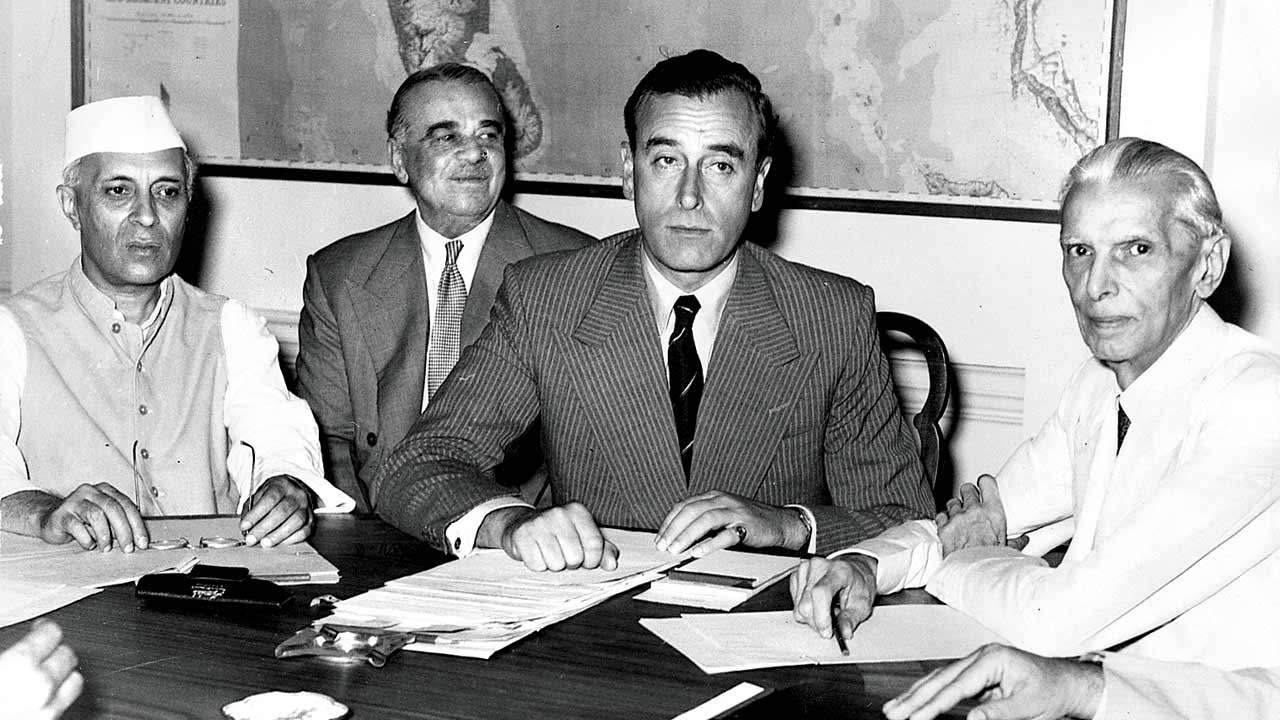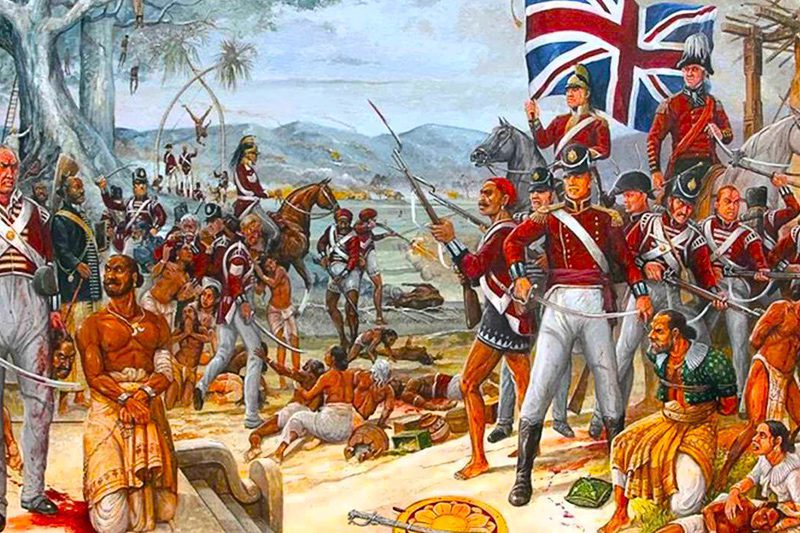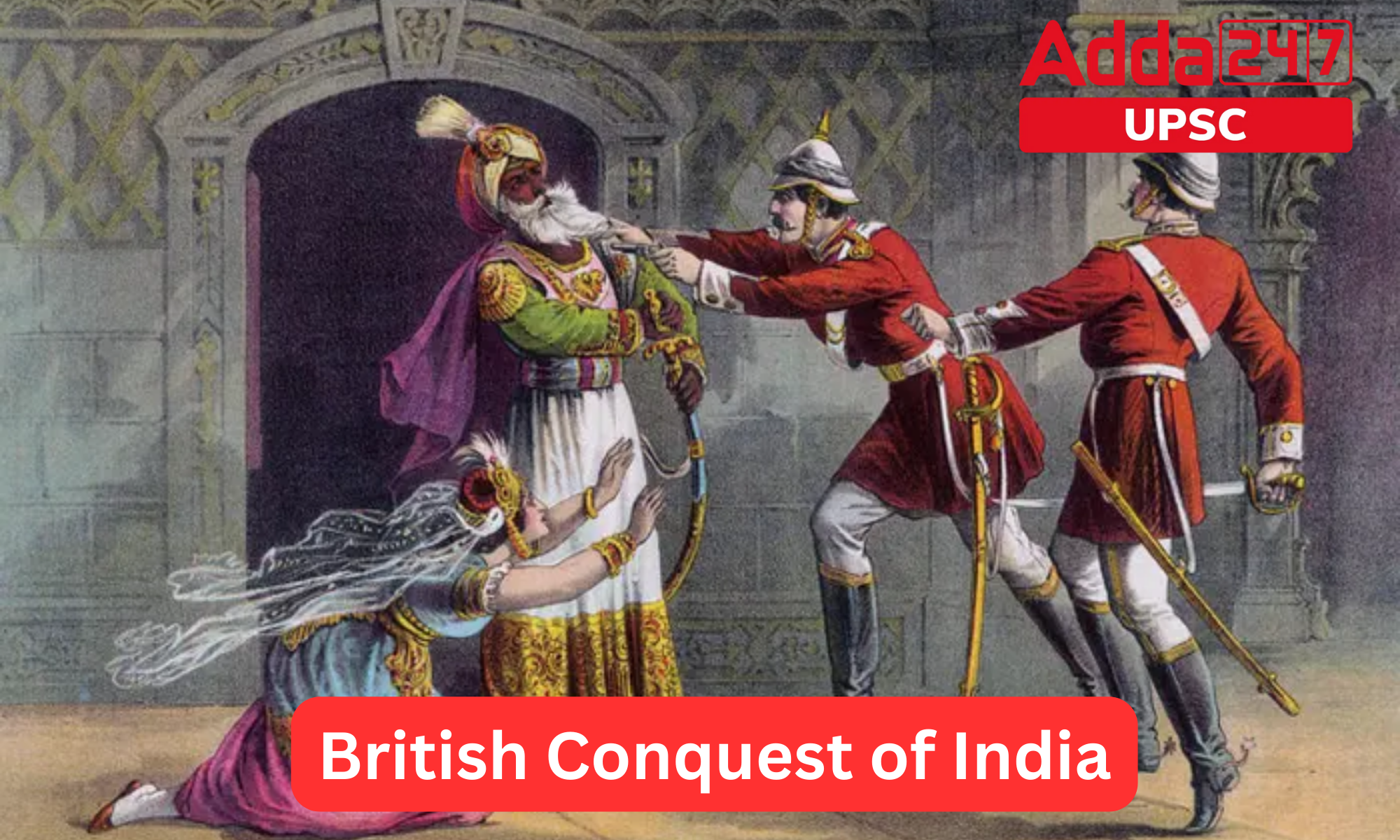Table of Contents
The British conquest of India is a complex and controversial topic with deep historical roots and lasting impacts. It involves colonization, imperialism, and exploitation, as well as resistance, resilience, and cultural exchange. In this article, we will explore the key events, important figures, and major themes of this significant chapter in global history..
British Conquest of India: The Beginning
The beginnings of British influence in India can be traced back to the early 17th century, when the East India Company was granted a royal charter to trade with Asia. Over time, the Company established a foothold in India, initially in the form of trading posts and warehouses, but soon expanding to include military and administrative control over large swathes of the subcontinent. By the mid-18th century, the Company effectively ruled over Bengal, Bihar, and Orissa, and had established a lucrative trade in textiles, spices, and other commodities.
British Conquest of India: First Major Conflict
The first major conflict between the British and Indian powers came in 1757, with the Battle of Plassey. This was a decisive victory for the British, who, led by Robert Clive, defeated the forces of the Nawab of Bengal, Siraj-ud-Daula, and established themselves as the dominant military force in the region. The aftermath of the battle saw the British install a puppet ruler, Mir Jafar, and begin a process of systematic exploitation of the local economy and resources.
Over the next few decades, the British continued to expand their control over India, often through a combination of military force and political manipulation. The Second Anglo-Mysore War, fought between 1780 and 1784, saw the British defeat the ruler of Mysore, Tipu Sultan, and establish their dominance over much of southern India. The Third Anglo-Maratha War, fought between 1817 and 1818, saw the British defeat the Maratha Confederacy and cement their control over the north and central regions of India.
British Conquest of India: Divide and Rule
- Divide and Rule Strategy: The British exploited conflicts between Indian groups to maintain control.
- 1857 Rebellion: Sparked by threats to Indian industries, British laws, and the use of Indian soldiers abroad.
- British Response: Brutally suppressed rebellion, resulting in widespread casualties.
- Aftermath: The British government took direct control of the East India Company.
- Reforms Introduced: Established Indian Civil Service for Indian participation in governance. Indian Councils Act of 1861 gave limited Indian representation in governance.
- Impact: Shifted India from Company rule to direct British colonial administration, aimed at appeasing Indian sentiments and preventing future uprisings.
British Conquest of India: Unpopular British Rule
Despite these reforms, however, British rule in India remained deeply unpopular, particularly among Indian nationalists who saw it as an affront to their culture and identity. The Indian National Congress, founded in 1885, became the main vehicle for Indian opposition to British rule, and demanded greater autonomy and eventually independence. The British responded with a mixture of repression and concession, including the establishment of a separate Muslim League in 1906 and the introduction of limited self-government in 1909.
The period leading up to Indian independence in 1947 was marked by a series of political and social upheavals, including the Salt March of 1930, led by Mahatma Gandhi, and the Quit India movement of 1942, which saw widespread civil disobedience and protest. The British response was again a mixture of repression and concession, culminating in the passage of the Indian Independence Act in 1947.
British Conquest of India: Indian Independence Act, 1947
The Indian Independence Act, passed by the British Parliament in 1947, granted independence to India and Pakistan, creating two separate nations. The partition of India, however, was marked by violence and mass migration, with millions of people displaced and hundreds of thousands killed. The legacy of British rule in India continues to be felt today, with ongoing debates about the economic, social, and political impact of colonization and imperialism.

British Conquest of India: Indian Independence Act, 1947
British Conquest of India: Legacy and Impact
- One of the most significant legacies of British rule in India was the transformation of the Indian economy.
- Under British rule, India became a major supplier of raw materials, such as cotton, tea, and jute, for the British industrial economy.
- The British also introduced new technologies and infrastructure, such as railways, telegraphs, and irrigation systems, which helped to modernize the Indian economy.
- However, this transformation came at a cost, with many traditional industries and ways of life destroyed or disrupted by British policies.
- Another key legacy of British rule in India was the imposition of Western political, legal, and cultural values on Indian society.
- The British introduced a range of institutions and practices, such as the legal system, parliamentary democracy, and the English language, which had a profound impact on Indian society.
- While some of these changes were welcomed by Indian elites and nationalists, others were seen as a threat to Indian culture and identity.
- The British also played a major role in shaping modern Indian politics, through their support for certain political leaders and parties, and their attempts to co-opt or suppress opposition.
- The Indian National Congress, for example, was initially supported by the British as a means of controlling Indian nationalist sentiment, but later became a powerful force for independence.
- The Muslim League, founded in 1906, was also supported by the British as a counterweight to the Congress, but later became a key player in the movement for Pakistan.
The impact of British rule in India was not universally negative, however, and there were many instances of cultural exchange and collaboration between British and Indian communities. The English language, for example, became a bridge between different regions and communities in India, and helped to facilitate communication and understanding. The British also played a major role in promoting education and literacy in India, and many Indian scholars and intellectuals were influenced by Western ideas and philosophy.
British Conquest of India: Phase Wise
The British Conquest of India was a complex and tumultuous process that took place in two distinct phases over the course of several centuries. The first phase, which began in the early 1600s, saw the establishment of the British East India Company and the gradual expansion of British influence and control over various regions of the subcontinent. The second phase, which began in the mid-1800s, was marked by the consolidation of British power and the establishment of direct colonial rule over India. In this article, we will explore these two phases in more detail and examine the key events and factors that contributed to the British conquest of India.
British Conquest of India – Phase 1: The Establishment of the East India Company
The first phase of the British Conquest of India began in 1600, when Queen Elizabeth I granted a charter to the British East India Company, a trading company that was formed to compete with the Portuguese and Dutch in the lucrative spice trade. The company established its first factory in the port city of Surat in 1608, and over the next few decades, it established several other factories and trading posts in various parts of India.
- Initially, the East India Company’s activities in India were focused primarily on trade, and the company had no interest in territorial conquest or political domination.
- However, as the company’s power and influence grew, it began to seek out alliances with local rulers and to intervene in local conflicts in order to protect its trading interests.
- This led to a gradual expansion of British influence and control over various regions of India.
- One of the key turning points in this phase of the British Conquest of India was the Battle of Plassey in 1757.
- In this battle, the East India Company, led by Robert Clive, defeated the forces of the Nawab of Bengal, Siraj-ud-Daula, and established British control over the province of Bengal.
- This victory gave the East India Company access to the rich agricultural and commercial resources of Bengal, and it marked the beginning of the company’s transformation from a trading company to a territorial power.

British Conquest of India – Phase 1
British Conquest of India – Phase 2: Direct Colonial Rule
The second phase of the British Conquest of India began in the mid-1800s, and it was marked by the consolidation of British power and the establishment of direct colonial rule over India. This phase was characterized by a series of political, economic, and social reforms that were aimed at strengthening British control over the subcontinent and at promoting British interests.
- One of the most significant events of this phase was the Sepoy Mutiny of 1857, also known as the Indian Rebellion of 1857.
- This rebellion was a widespread uprising against British rule that was sparked by a number of grievances, including the introduction of new rifle cartridges that were rumored to be greased with cow and pig fat, which was offensive to Hindu and Muslim soldiers.
- The rebellion was eventually suppressed by the British, but it led to a major overhaul of the administration of India and to the transfer of power from the East India Company to the British Crown.
- Over the next few decades, the British government implemented a series of reforms aimed at modernizing India and promoting British interests.
- These reforms included the establishment of a modern legal system, the introduction of Western-style education, and the construction of railroads and other infrastructure.
- However, these reforms were also accompanied by a number of oppressive policies, such as the exploitation of Indian resources and labor, and the suppression of Indian culture and religion.
:max_bytes(150000):strip_icc()/Madras-Army-gty-56a486ef3df78cf77282d99c.jpg)
British Conquest of India – Phase 2
British Conquest of India: Conclusion
Overall, the British conquest of India was a complex and contested process, marked by violence, exploitation, and resistance. While the British undoubtedly left a lasting legacy on Indian society, economy, and politics, the impact of this legacy remains a subject of ongoing debate and reflection. As India continues to grapple with the challenges of modernization, globalization, and political change, it is clear that the legacy of British rule will continue to be felt for many years to come.
| Also Read | |



 TSPSC Group 1 Question Paper 2024, Downl...
TSPSC Group 1 Question Paper 2024, Downl...
 TSPSC Group 1 Answer key 2024 Out, Downl...
TSPSC Group 1 Answer key 2024 Out, Downl...
 UPSC Prelims 2024 Question Paper, Downlo...
UPSC Prelims 2024 Question Paper, Downlo...





